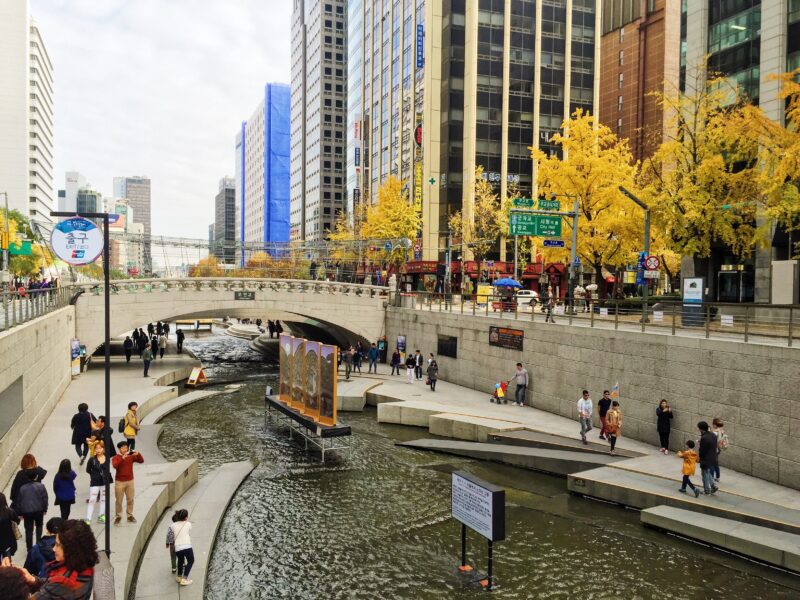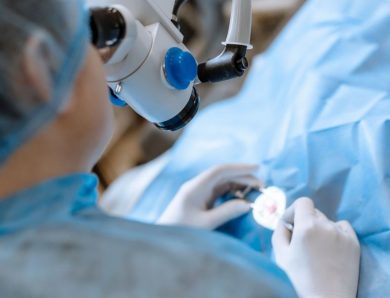
History of Water Management in Korea by Clearwater Management Korea
In 2022, two years after the beginning of a global pandemic, people are starting to operate like normal. Aside from healthy communities, countries are prioritizing clean and healthy water origins. Water remains one of the most critical resources worldwide, and Korea prioritizes clean water.
This article will talk about the Korean history of water management and how clearwater management korea can improve sanitation and water conditions from the late 1950s to the current state.
Urbanization and Rapid Population Growth
During the 1960s, the population increase was barely 3% annually. After the Korean War, the Korean population increased at an alarming rate called the baby boom phenomenon, where the birth rate increased exponentially. The population explosion, especially in Seoul, lasted over two decades, from 1955 to the mid-1980s.
The 25.01 million population in 1960 saw a 50% growth to 37.41 million by 1980. According to the administrative district, the population residing in urban areas increased from 1955 24.5% to 1960 28.0%, as more people relocated to cities from rural areas.
1990 Large-Scale Pollution Accidents
The government placed all focus on industrialization until the 70s and hosted several important international events such as the 1988 Seoul Olympics and 1986 Asian Games during the 80s. In preparation for such globally significant occasions, the government prioritized the country’s water conditions. The government launched the Environment Agency in 1980 and expanded the sewage management policy, including the construction of STPs in large cities.
However, after 1991, several significant water pollution accidents transpired and hit the newspapers’ front pages. The Nakdong River phenol pollution accident on March 16, 1991, was the most remarkable. The Daegu Metropolitan City received several civil complaints about the tap water odor. The investigation discovered that phenol solutions were leaking from repository tanks at the Gumi City Doosan Electronic plant and discharged directly into a tributary of the Nakdong River, the Okgyecheon Stream. The phenol in the intake water reacted with chlorine during the water treatment process, which resulted in an intense tap water foul odor. Several other incidents occurred in the 1990s that led to significant regulatory changes.
After 1990
The Korean government built numerous sewerage and waterworks infrastructures after preparing for the 1988 Seoul Olympics. After the consecutive 1990s water pollution accidents, the government’s proactive water policies significantly contributed to expanding those infrastructures. Such aggressive water policies include the Water Quality Improvement Measures, the Comprehensive Clean Water Supply Measure, and the Comprehensive Measures for Water Quality Management in the 4 Major Rivers. Clearwater management Korea understands the principles behind these regulations.
Korea reorganized the executive organizations associated with water quality management to successfully implement water quality control measures. Korea also established the Korea Environment Management Corporation, which supported the expansion and management of waterworks and sewerage infrastructures.
Bottomline
Korea is one of the many countries in dire need of clean drinking water and clearwater management Korea is determined to fulfill that role. As more water sources become increasingly available in various parts of Korea, people must make sure that they are suitable for human consumption.




